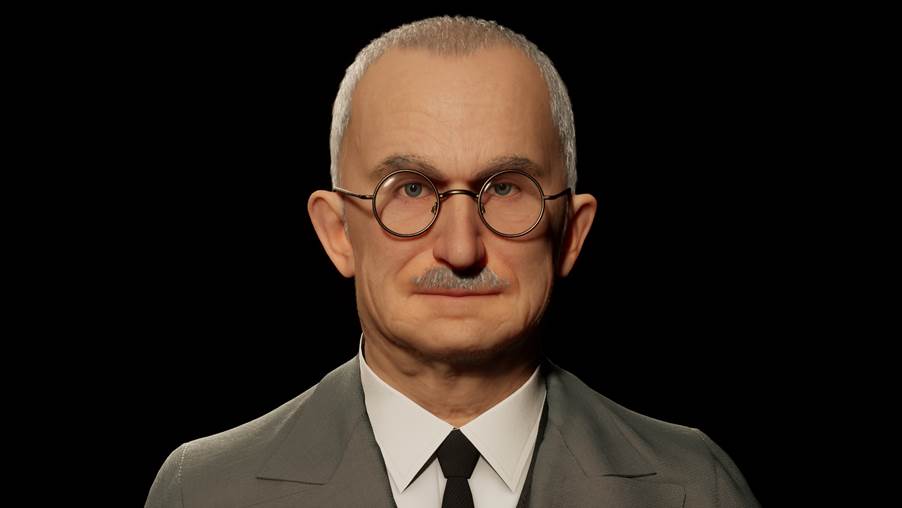The One Laptop Per Child (OLPC) initiative, the brainchild of MIT professor and renowned computer scientist Nicholas Negroponte, aims to equip children in developing nations with $100 laptops that they might learn the ways of the digital world. One early lesson seems to be that altruism should be no barrier to the long-established tradition of inter-vendor bickering.
The OLPC programme kicked off in earnest in May 2007, when the first machines were delivered to a school in the small town of Cardal, Uruguay. It was a joyous occasion and images of beaming children pawing their new computers were broadcast to the world’s press. But no sooner had the laptops arrived than the controversy started. At issue was the choice of processors used to power the laptops.
The OLPC XO system uses processors from AMD, much to the chagrin of Intel. In response, Intel has slashed the price of its own low-cost educational laptop called Classroom, and as the Cardal project was just the first trial, the contract for supplying laptops to children throughout Uruguay is still very much up for grabs.
As one Uruguayan blogger, Pablo Flores, who has been following the project closely, notes, there is a danger that the suppliers have become too focused on winning a whole new generation of locked-in users, at the expense of providing low-income populations with access to the information age.
Others meanwhile argue that supplying children with laptops is of dubious educational value. Recently, the New York Times published a report on a school in New York where children had also been given free laptops. While some did indeed use the laptops to enhance their education, others used them to cheat, view pornography and to hack in to local businesses.









